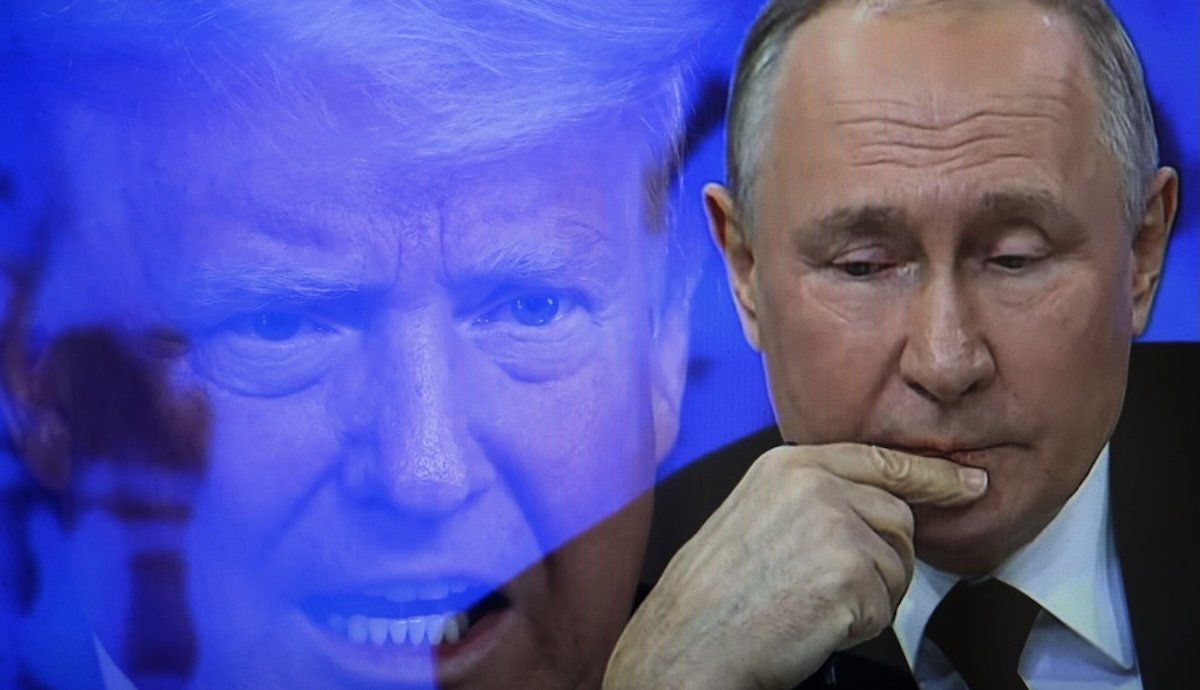President Donald Trump and Russian President Vladimir Putin will discuss America’s 30-day ceasefire proposal this week after Ukraine endorsed the plan last Tuesday but Putin torpedoed it with a list of conditions. Trump said Sunday that he would speak with the Russian leader on Tuesday and that there were ongoing negotiations about “dividing up certain assets.”
What does Russia want? To allay fears that a pause will give Ukraine a chance to rearm itself, Putin is demanding that Ukraine cease all military mobilization and that the West halt arms supplies. Moscow also wants to formally annex the regions of Donetsk, Luhansk, Kherson, and Zaporizhzhia, which Russia occupies but has not managed to fully control – something Ukraine adamantly opposes.
Who else is engaging – or not? UK Prime Minister Sir Keir Starmer announced Saturday that a growing coalition of nations will back Ukraine in its negotiations with Russia, including offering air and peacekeeping support, as well as seizing frozen Russian assets to keep the pressure on Moscow.
Meanwhile, Trump narrowed the role of US General Keith Kellogg from Special Envoy to Moscow and Ukraine to dealing only with Ukraine, reportedly after the Kremlin claimed Kellogg was too close to Kyiv. In a post on Truth Social, Trump claimed that "General Kellogg, a Highly Respected Military Expert, will deal directly with President (Volodymyr Zelenski), and Ukrainian leadership… He knows them well, and they have a very good working relationship together.” Businessman and US Middle East envoy Steve Witkoff, who has previously said that Russia was “provoked” into attacking Ukraine, is now considered the key player in the talks with Putin.
What’s happening on the ground? After a vicious drone assault last weekend, Russian forces are now fighting to expel Ukrainian troops from the Kursk region. Ukrainian soldiers there are vowing to “fight to the bitter end” amid evacuations and destruction in border villages.
